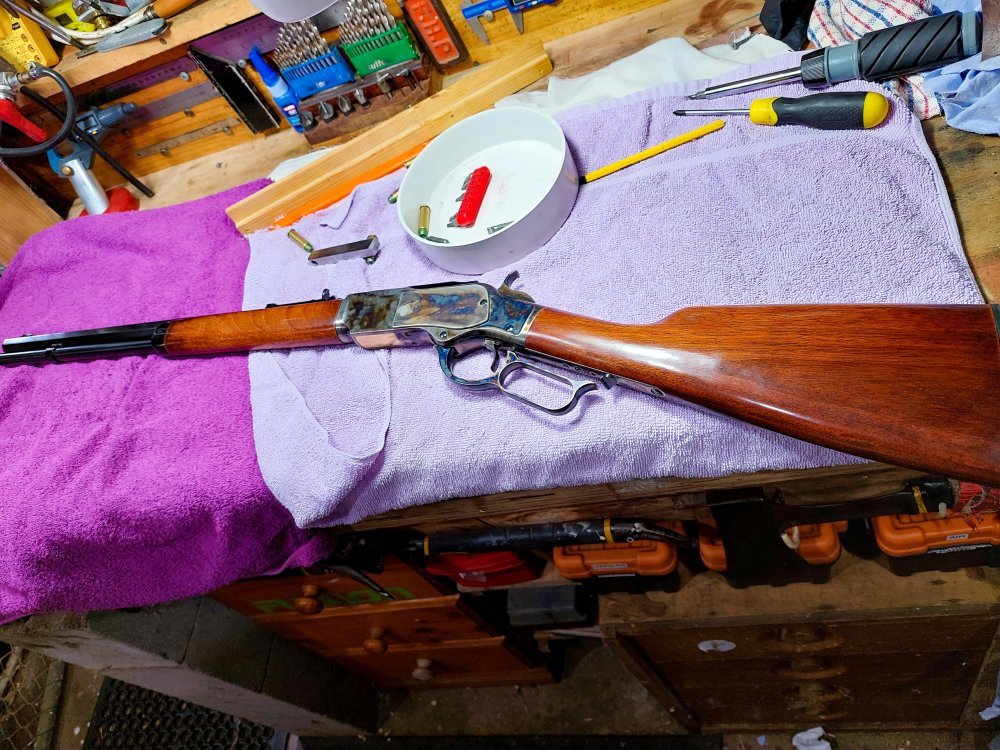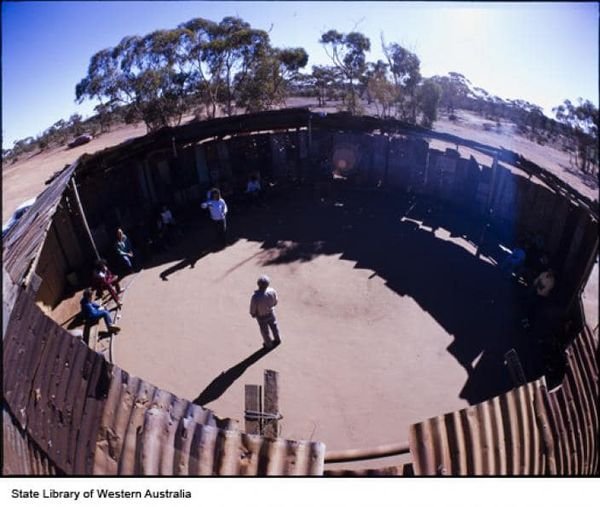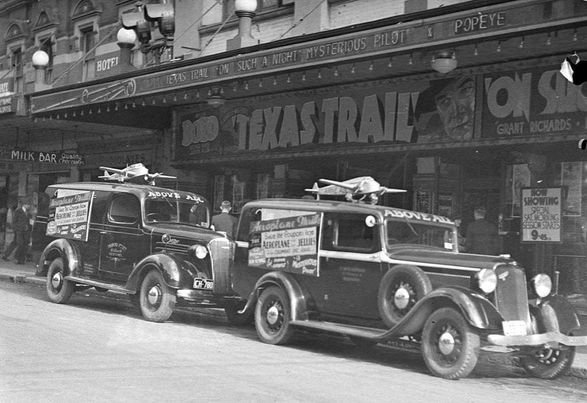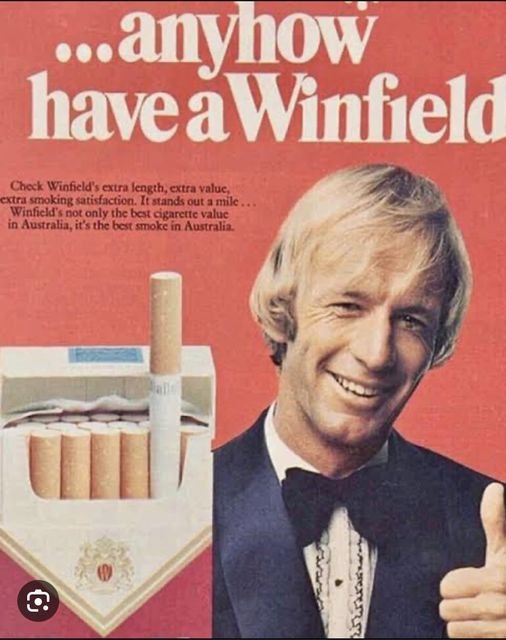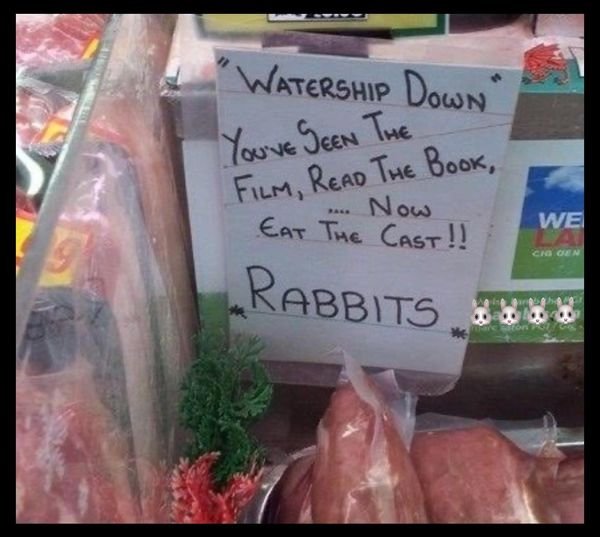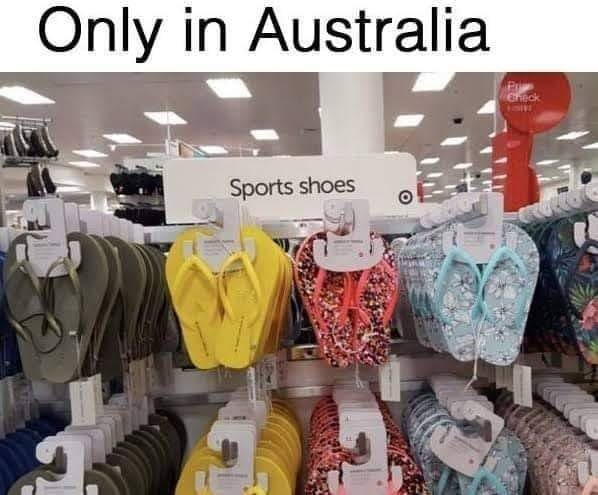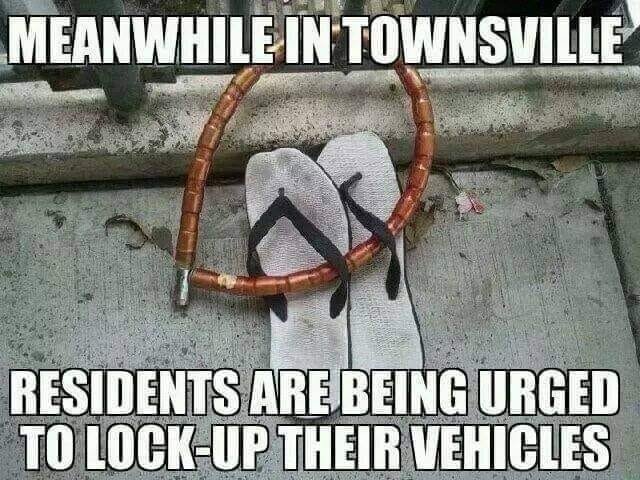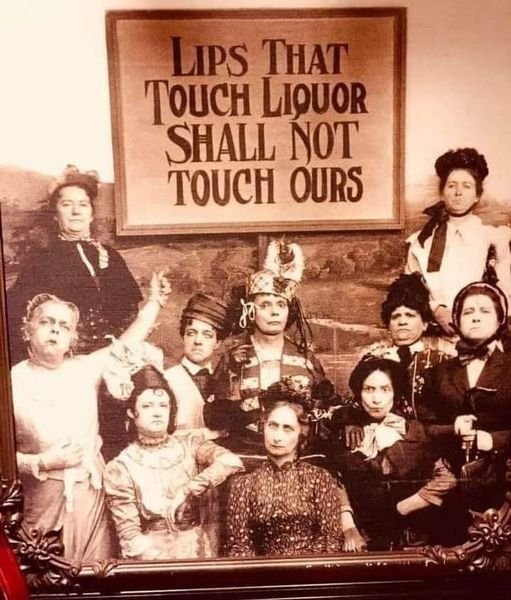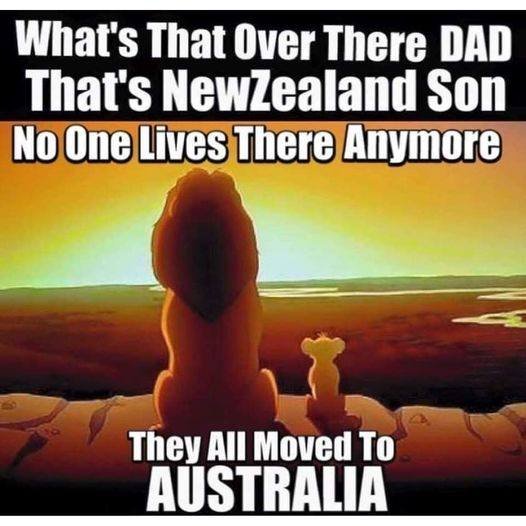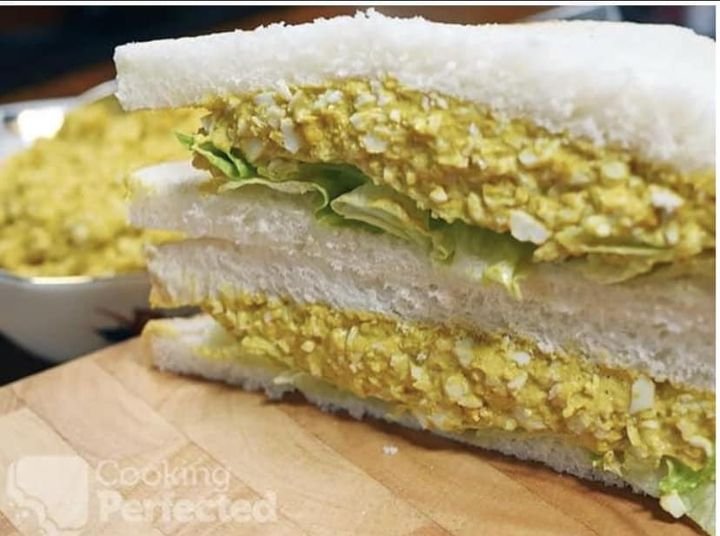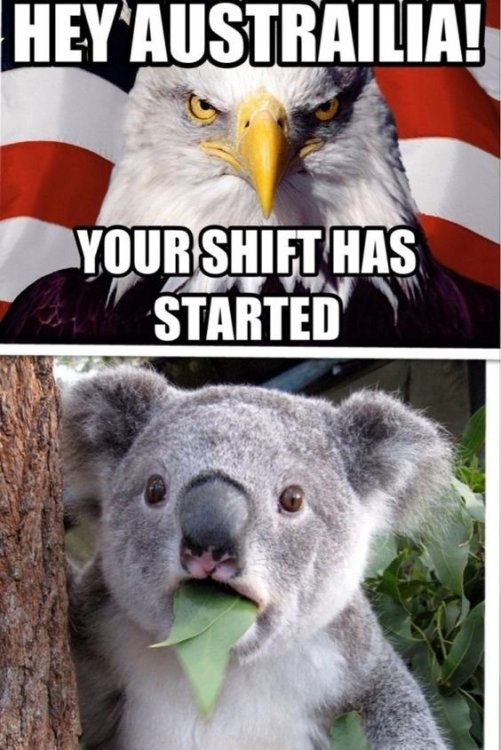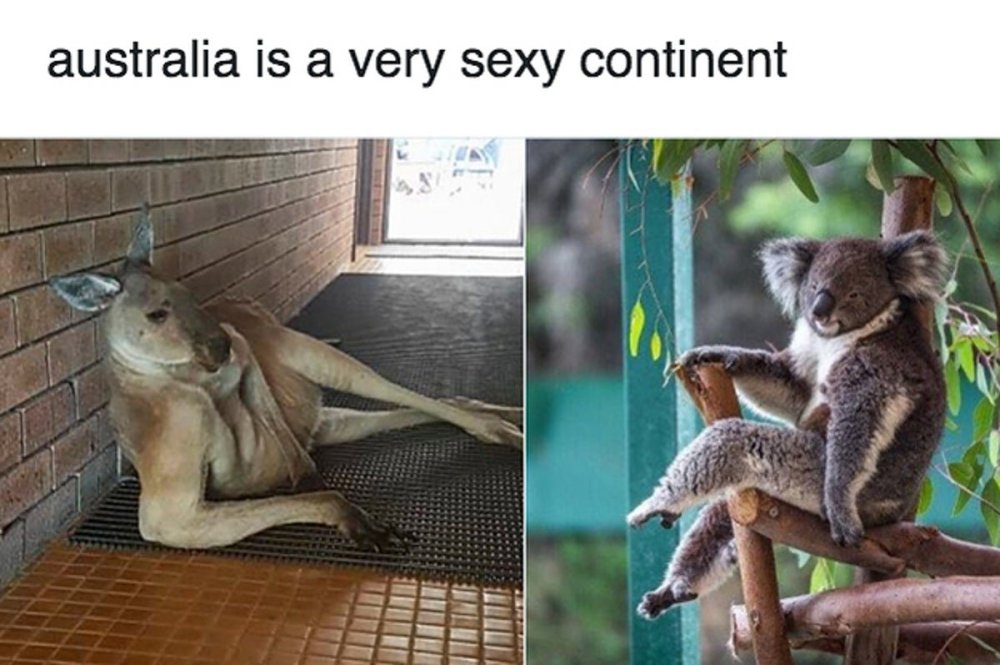-
Posts
8,792 -
Joined
-
Last visited
-
Days Won
73
Content Type
Profiles
Forums
Events
Everything posted by Buckshot Bear
-
“TWO UP” - 1914. WA Museum. Games of chance flourished on the goldfields from very early on. A popular game was two-up, which involved a designated ‘spinner’ throwing two coins into the air. Bets were placed on whether the two coins would fall on heads or tails. Traditionally, two pennies are placed with tails facing upwards, on the ‘kip’, a small, flat board. Once all bets are completed, the ‘spinner’ tosses the coins by quickly raising the kip and twisting the wrist to ensure the coins spin in flight. For some, the issue of gambling games such as this put morals into question, with goldfields’ churches calling it an ‘evil’ that had to be eliminated. The Kalgoorlie police occasionally raided two-up ‘schools’ and made arrests, but the game was increasingly seen as a Kalgoorlie institution. On Sunday afternoons, in 1914, around 400 to 500 men and youths were reported to be playing two-up, with around £500 changing hands.
-
Aeroplane Jelly history Aeroplane Jelly began in 1927 after Sydney tram driver Bert Appleroth had success selling jelly crystals first made in a bathtub. This small backyard operation had evolved into one of Australia’s largest family-operated food manufacturers when it was sold to McCormick Foods Australia in 1995. Jelly crystals Adolphus Herbert ‘Bert’ Appleroth (1886–1952) was working as a tram driver in Sydney when he began experimenting with the production of jelly crystals in about 1905. The sugar and gelatine were mixed in the bathtub of his parent’s house in Paddington. Appleroth then sold and delivered the crystals door to door. In 1926 Appleroth formed a partnership with Albert Francis Lenertz, who owned a wholesale grocery and spirits business. The Traders Ltd partnership marketed the jelly crystals under the name ‘De-Luxe’. The following year they re-launched the product as ‘Aeroplane Jelly’ – a name that sought to tap into the excitement and glamour of modern aviation. Appleroth and Lenertz Appleroth created the company’s trademark ‘Above All’ but it was Lenertz who wrote the words and music to the Aeroplane Jelly song that became Australia’s longest-running advertising jingle. Lenertz left the company in 1934 but the Appleroth family continued the business through three generations. By the mid-1980s the company was producing about 35 million packets of jelly crystals a year and controlled about half the Australian market, with an estimated value of $15 million. Advertising jingle Few advertising jingles in Australia are as widely known or as long-lived as the Aeroplane Jelly song, penned by Albert Lenertz in 1930. He originally wrote the piece as a political tribute to Australian Prime Minister William Morris Hughes. It featured lines such as ‘Folk in the city and folk on the plain, Billy’s great deeds for our land can acclaim’. The song had a far greater impact in its second iteration as the Aeroplane Jelly jingle. The tune has become as much a part of Australian folklore as the FJ Holden, lamingtons and vegemite. An example of what we now call ‘saturation advertising’, in the 1940s the song is said to have been broadcast on radio more than 100 times a day. The song was initially recorded by child imitator Amy Rochelle in about 1930. In 1938 it was re-recorded by five-year-old Joy King, chosen as the result of a competition. Tommy Dawes was runner-up in the competition and a likeness of his face appeared on Aeroplane Jelly’s packaging as the ‘whistling boy’ for many years. Aeroplane Jelly song lyrics Words and music by Albert Francis Lenertz, 1930 Marketing schemes Appleroth had many innovative ideas for promotional and marketing schemes. In 1934, the company chartered a Tiger Moth biplane, had it painted with the Aeroplane Jelly logo and delivered their product to rural areas. The company sponsored broadcasts from Goulburn gaol in the late 1940s that ended with a rowdy cry from prisoners to ‘buy Aeroplane Jelly’. By the late 1940s the company was investing about £13,000 in advertising each year. These advertising tactics proved to be highly successful. By 1949 annual turnover was about £170,000. The company created a new mascot for its product. Bertie the Aeroplane, named after Appleroth, in the 1940s. Bertie featured on packaging and in a range of popular cinema advertisements. Appleroth died in 1952, but the company continued to promote its product in fun and inventive ways. In 1978 Appleroth’s grandson, Bert III, sponsored the Aeroplane Jelly Air Race from Brisbane to Sydney as part of the commemoration of Charles Kingsford Smith’s trans-Pacific flight. Another unusual promotional stunt involved 35 people diving into a pool filled with 35,000 litres of watermelon-flavoured jelly. Aeroplane Jelly truck Throughout the company’s history a range of promotional vehicles were used to carry Aeroplane Jelly slogans and products across the country. The Ford Model-T in the National Museum’s collection has a 1924 engine and a 1925–26 body. The Model T, also called the T-Model, was produced in America until 1927. This truck was used to promote Aeroplane Jelly from 1978 to 1988. Emblazoned with logos and loudly broadcasting the Aeroplane Jelly jingle, it was a common sight at food fairs and other promotional events throughout the 1980s. Aeroplane Jelly was acquired by the Baltimore-based McCormick Foods Australia in 1995, ending the Appleroth family’s 70-year association with the company started by Bert. McCormick Foods Australia donated the truck to the National Museum in 2002
-
-
-
-
-
Kangaroos Fighting at the Pub 391667915_983655016198284_2173699118658072507_n.mp4
-
“TIGERS AT TOOMBUL”- QLD -1885 Morton Bay and more. Higgins had an eventful life in the Colony of Queensland. He kept pet tigers at Toombul, when it was then in the country. He ran a menagerie of exotic wild animals in George Street in the heart of Brisbane Town, suffered a severe mauling at same, donated iguanas to the Museum, and featured in a number of sensational court cases. In 1885, Higgins took advantage of the fact that the owners of the adjoining property at Toombul could not be located and applied to rent the property after paying the back rates. A delighted Divisional Board, seeing the rates debt disappear before its very eyes, was only too pleased to say yes. What Mr Higgins did with the land was unusual. Aside from erecting a des res, he kept wild tigers on the property. Not content with owning a tiger menagerie at Toombul, in August 1887 Charles Higgins decided to set up a mini-zoo with side-show elements in an allotment on the corner of George and Turbot Streets in Brisbane Town. This establishment featured five tigers, five dingoes, a cheetah, a panther and a leopard and a number of monkeys and snakes. Not to mention a barrel organ, a carnival barker and the occasional visiting brass band. Imagine being downhill and downwind from this attraction. Mr Arthur Jarvis, a venetian blind manufacturer was the unlucky soul who did, and he eventually became so distressed that he took action in the Supreme Court. Higgins’ staff had a tendency to burn straw and manure directly under Jarvis’ workshop window. Initially, Jarvis was loath to complain, having been reassured that if he did, Higgins would shoot him. Jarvis decided to take up his concerns with an employee, Mr Gain. The burning stopped, but the excrement was then left to lie around, and washed into Jarvis’ premises in the rain. Higgins’ staff also thoughtfully stacked the manure close to Mr Jarvis’ dining room window, until an injunction had them remove it. At one point, with his entire family laid low from the smell of old bones, Mr Jarvis glanced up from his sick-bed and saw a monkey on the wash-stand. The noise of the barrel-organ and the growling of the tigers when unfed robbed his children of sleep. A dead dingo reposed under their window, but the last straw was the tiger’s escape. On the morning of 21 November 1888, when Higgins and his employee Peter Bertram were cleaning the cages, a tiger named Jimmy got out of his cage and chased Bertram down Turbot Street, mauling him badly about the head. Higgins’ arm was badly injured when he inserted it between the tiger’s jaws to remove Bertram’s head. Both men spent some time in hospital. “I heard a scream and a roar, and looking round saw Jemmy after the man. The man was pulled down; got up again and managed to reach the middle of the street, and the tiger pulled him down again and opened its mouth to bite. A moment and the poor fellow’s head would have been cracked like a nut, but I jammed my arm between the jaws and shoved the man away with the other. Look at my arm”. In June 1889, Jarvis was granted an injunction and Higgins was ordered to remove the animals. Higgins had been hoping the Government would take over the animals to spare him the trouble and expense of moving them back to Toombul. To Mr Jarvis’ intense relief, Higgins shut down the menagerie, and his animals found a new home at the Queensport Aquarium. In 1891, Peter Bertram, the employee who had been seriously mauled by one of Higgins’ tigers was involved in the shooting death of a young boy named Willie Gain, son of another of Higgins’ menagerie employees. Bertram appeared to Court reporters to be intellectually impaired, possibly as a result of the severe head wounds he received in the George Street mauling. A lot of harrowing evidence was heard in the trial, but in the end, the jury could not agree to convict Bertram of murder or manslaughter, and he was released. Charles Higgins, after so many years of adventure and controversy, retired to live at Brown’s Plains. He was killed when his horse-drawn cart overturned on Ipswich Road outside Chardon’s Hotel in July 1894. PHOTO - A staged photograph. Higgins would never let someone murder his “babies.”
-
-
-
-
-
-
He's powering up from the overhead electrified wires
-
-
Victoria Police Officer, Melbourne c.1937 A Victoria Police Officer, wearing the cape and ’English Bobby’ style helmet directs traffic through the intersection of Flinders/Swanston Streets, Melbourne, on a cold, misty morning. The policeman is wearing the uniform that was adopted by the Victoria Police in 1877. It was adapted from the uniform worn by London’s Metropolitan Police and included the leather helmet, correctly known as a Wolseley helmet. The uniform remained unchanged until 1947 when a more modern style, complete with belted jacket and peaked cap was introduced. A white broad-brimmed summer helmet was also worn by foot patrols and officers on point duty.
-
-
Yep Alpo...give them a bit of a flick to get the excess juice off 'em....but don't go overboard and put 'em on paper towel as it will take to much juice out.
-
Group portrait of soldiers from D Company, 6th Battalion, The Royal Australian Regiment (6RAR) Group portrait of soldiers from D Company, 6th Battalion, The Royal Australian Regiment (6RAR), display the dolls and cigarette-cases presented to them by the South Vietnamese government for their part in the Battle of Long Tan on 1966-08-18. "The government of South Vietnam realised that this battle was significant and wished to award decorations to the Australians involved. But at almost the last moment, with the ceremony already arranged and those attending it already in place, word was received from Australia that the traditional policy of non-acceptance of foreign awards was to be observed. This was embarrassing both to the Vietnamese and to the Australians, and a compromise was reached. The Australians paraded and were presented with dolls in Vietnamese national dress, and also cigarette-cases and lighters. ... It says much for the often-maligned Vietnamese that they went ahead with the ceremony, persisting in observing the spirit of honouring their allies." Front row, left to right: Private (Pte) Noel Grimes of Stuart Town, NSW; Pte Allen May of Wynnum, Qld; Pte Bill (Yank) Akell of Townsville, Qld; Pte Neil Bextrum of Perth, WA; Lance Corporal (LCpl) Bill Roche of Narrandera, NSW. Back row: Second Lieutenant Geoff Kendall of Underdale, SA; Sergeant Bob Buick of Brisbane, Qld; Pte Geoff Peters of Yagoona, Sydney, NSW; Corporal Bill (Bluey) Moore of Stafford Heights, Qld; LCpl Barry Magnussen of Aspley, Qld; Pte Ian Campbell of Murwillumbah, NSW. (Quote from "The Battle of Long Tan" by Lex McAulay).
-
-
-
-
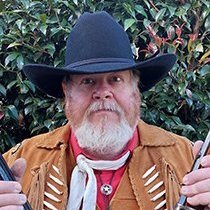
Could use the prayer posse again please
Buckshot Bear replied to Eyesa Horg's topic in SASS Wire Saloon
So good to read Eyesa.....please say an hello from myself and Jenorado ok- 108 replies
-
- 1
-

-
- update 11/11
- update 11/13 !!
-
(and 3 more)
Tagged with:
-
-
